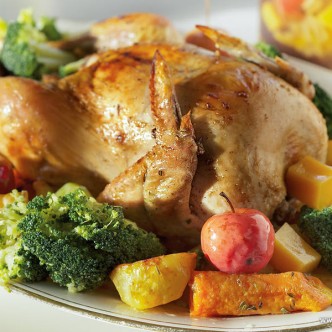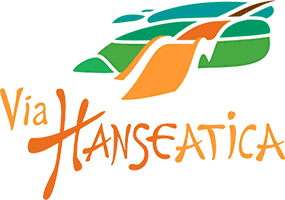Meat dishes
Meals of wealthy people of Livonia mainly consisted of meat dishes prepared from livestock and poultry, as well as game. In Livonia, the use of meat was limited by many days of fasting, which people tried to avoid with various tricky methods. Farmers only consumed meat on festive occasions and used it frugally, only consuming a small amount of meat, bacon or lard added to grain dishes daily.
MEAT ON A STICK
Wealthy Livonians prepared meat on an open fire. Pieces of meat were put on the sticks – both large livestock and birds. The stick was turned so the meat would cook evenly. Pieces of fatty pork were used with the lean meat. Nowadays this kind of meat is served at open–air markets and gastronomy festivals. Shashlik, the dish that became famous during Soviet times, is usually cooked on the stick – small pieces of marinated meat cooked on the coals.
MARTIN´S DAY ROOSTER AND GOOSE
Over centuries old tradition, on 10th or 11th of November both christians and pagans cooked whole chicken, rooster or goose in celebration of Martin’s day. It was stuffed with apples or plums and roasted in the oven. Medieval noblemen, wanting to highlight their social status, used to generously season the meat with spices that nowadays seem unusual to be used with meat, such as cinnamon, cloves or almonds.
SAUSAGES
During Livonian times, people were frugal, and they learnt to process tasty foods from all kinds of meat, starting with the head, and ending with the legs. They took various leftovers, chopped them up, mixed them with spices and made sausages, that were afterwards smoked in the chimney and fried during the holidays. Blood sausages were prepared from blood and groats, they were cooked in the bread oven on straw and consumed with lingonberries. In some parts, only white or no-blooded sausages were made.










